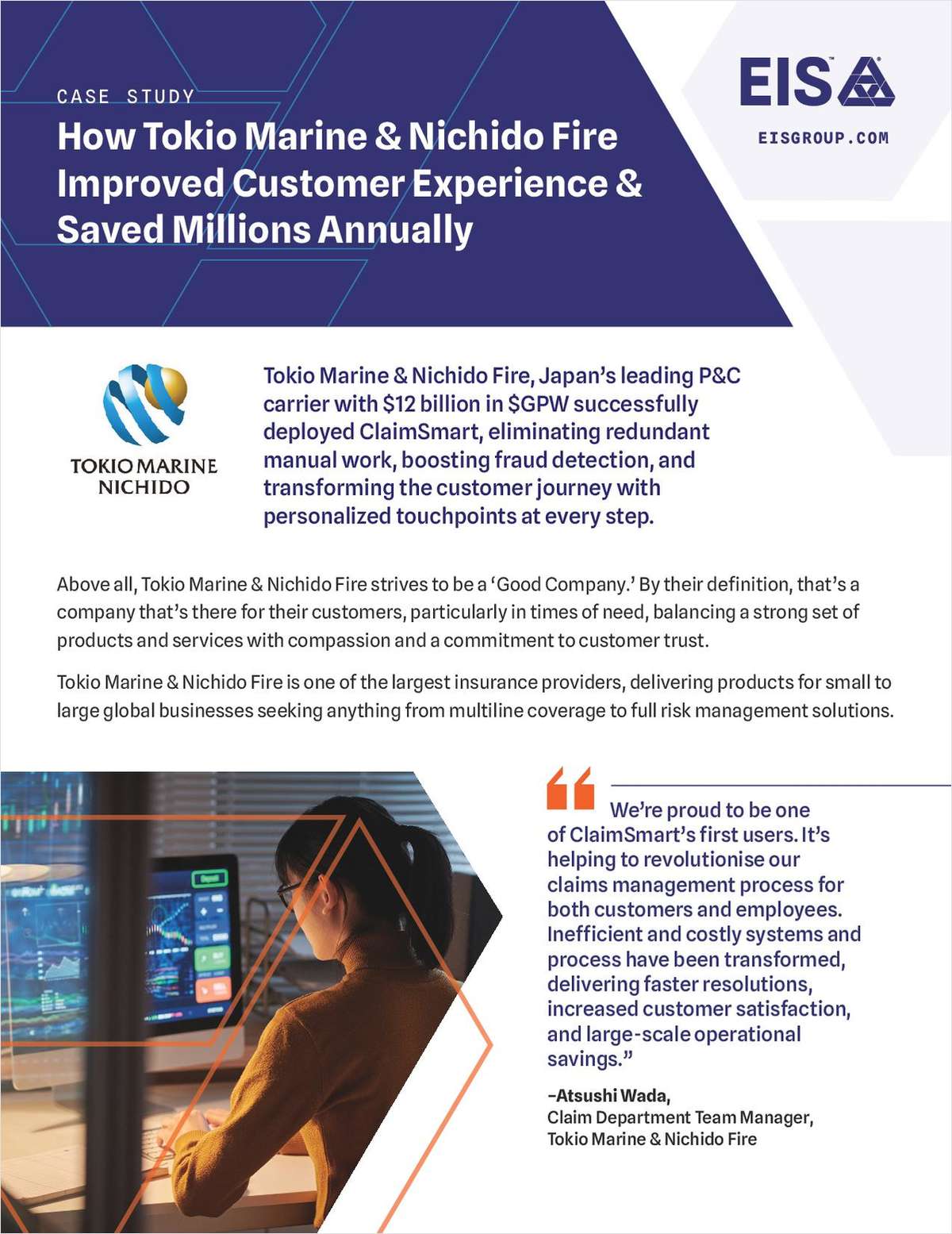Story Of The Year: Terrorism Bill Passes
By Sam Friedman
NU Online News Service, Dec. 31, 1:15 p.m.EST--It took more than 14 months and a lame duck sessionof Congress, but a law establishing a federal reinsurance backstopfor terrorism losses was finally approved. The big questions noware how to implement the program, and will it do the trick?
Continue Reading for Free
Register and gain access to:
- Breaking insurance news and analysis, on-site and via our newsletters and custom alerts
- Weekly Insurance Speak podcast featuring exclusive interviews with industry leaders
- Educational webcasts, white papers, and ebooks from industry thought leaders
- Critical converage of the employee benefits and financial advisory markets on our other ALM sites, BenefitsPRO and ThinkAdvisor
Already have an account? Sign In Now
© 2024 ALM Global, LLC, All Rights Reserved. Request academic re-use from www.copyright.com. All other uses, submit a request to [email protected]. For more information visit Asset & Logo Licensing.








